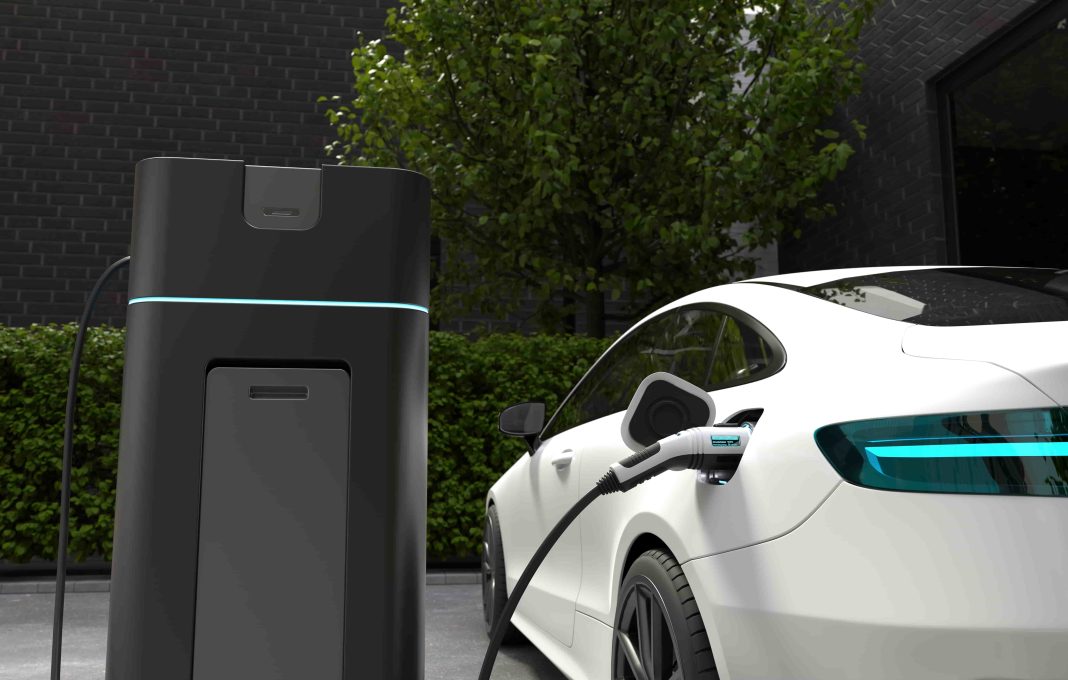The UK electric vehicle market is undergoing a transformative shift, promising a cleaner, greener future for transportation. As adoption increases, the electric vehicle has become central to both national policy and consumer interest. However, the journey toward zero emissions is far from smooth. This article examines the current momentum, obstacles, and innovations shaping Electric vehicles in the UK adoption.
UK Electric Vehicle Growth in Sales and Market Share
Sales of Electric vehicles in the UK models have surged in 2025, with battery electric vehicles (BEVs) comprising 21.6% of the total market share. In June alone, one in four new cars sold was electric a 39% increase year-on-year. Electric van registrations also nearly doubled compared to June 2024, signaling growing interest among both private buyers and businesses.
This momentum supports the UK government’s Zero Emission Vehicle (ZEV) mandate, which targets 28% of new vehicle sales to be electric by the end of 2025. While progress is clear, meeting these goals requires continued investment and systemic change.
Cost Barriers Slowing Electric vehicles in the UK Expansion
Despite rising interest, the electric vehicle transition is hindered by high upfront costs. EVs often come with price tags far above their petrol or diesel counterparts. Financing options are also restricted due to elevated interest rates.
For commercial fleets especially freight and logistics costs are an even bigger hurdle. Electric trucks and vans, though available, remain unaffordable for many small and mid-sized businesses.
Learn more about how government incentives like the Plug-in Van Grant are currently helping offset costs.
Charging Challenges in UK Electric Vehicle Infrastructure
Another significant barrier to Electric vehicles in the UK adoption is infrastructure. Of the UK’s 42 million vehicles, only about 1.3 million are fully electric. A key reason is the shortage of accessible, reliable charging stations.
While the UK government claims a new public charger is installed every 29 minutes, the pace remains inadequate particularly for rural areas and heavy-duty vehicles. Public fast-charging costs have also risen, sometimes exceeding traditional fuel expenses, which deters drivers from making the switch.
Battery Limitations for UK Electric Vehicle Freight
Battery technology remains a bottleneck, particularly for heavy goods vehicles (HGVs). Only 0.02% of the UK’s HGV fleet is currently electric. These vehicles require larger batteries and longer ranges, which current technology struggles to provide.
Without breakthroughs in battery innovation, full-scale UK electric vehicle adoption in commercial freight may remain out of reach. Research initiatives such as those at Faraday Institution are working to address these limitations.
Policy Support for Electric vehicles Initiatives
The UK government has set an ambitious net-zero emissions target by 2050, with the transport sector currently accounting for 29% of national emissions. Mandates like ZEV are pushing automakers toward cleaner production.
However, reduced government incentives have raised concerns. While programs like the Plug-in Van Grant continue, their future remains uncertain. Experts call for targeted tax breaks on both vehicle purchases and public charging to help maintain momentum in the UK electric vehicle sector.
Workforce Gaps Threaten in Electric Vehicle Maintenance
As EV sales grow, the need for qualified service technicians becomes critical. Currently, only 24% of the UK’s 245,000 vehicle technicians are certified to handle EVs. This workforce shortfall could turn into a full-blown crisis by 2047, as more EVs hit the road.
To support the expanding Electric vehicles in the UK fleet, training programs must scale rapidly. Institutions like the Institute of the Motor Industry (IMI) are working on certifications and retraining initiatives.
Innovative Solutions for Electric Vehicle Ecosystem
Despite challenges, innovation in the Electric vehicles in the UK market offers reasons for optimism. Companies like Aegis Energy are investing in high-capacity charging networks, while experimental projects such as wireless charging roads are being trialed across select regions.
Manufacturers are also dedicating billions toward research and development of new EV models, especially for commercial and heavy-duty use. In just two years, electric commercial vehicles rose from 1.1% to 1.4% of the fleet a modest but notable increase.
Public Sentiment and UK Electric Vehicle Interest
Public opinion increasingly favors cleaner transport. A 2025 survey from New Automotive showed rising confidence in EV reliability and performance. The younger demographic, in particular, views EVs as a lifestyle upgrade rather than just a green choice.
As consumer interest aligns with environmental priorities, the Electric vehicles in the UK transition becomes both an economic and cultural movement.
The Road Ahead for Development of Electric vehicles
To fully realize the vision of Electric vehicles in the UK, the country must overcome entrenched barriers. Solutions include:
-
Greater government subsidies and tax relief
-
Accelerated training for EV service technicians
-
Rapid charging infrastructure expansion
-
Battery R&D for long-haul transport
Meeting the 2035 goal where all new car sales must be zero-emission demands unified action from policymakers, industry leaders, and consumers alike.
Electric vehicles Shift Needs Sustained Support
The Electric vehicles in the UK revolution is gaining speed but still faces substantial roadblocks. From infrastructure gaps to workforce shortages and policy uncertainty, progress must be reinforced by strategic investments and public-private collaboration.
With continued innovation, robust government backing, and increased awareness, the UK can position itself as a global leader in sustainable transportation.
Explore related insights on SMMT’s latest EV registration data and EV policy updates at Transport UK. And you cand find UK’s Autonomous Transport Regulation: Future, Law & Business from here.



